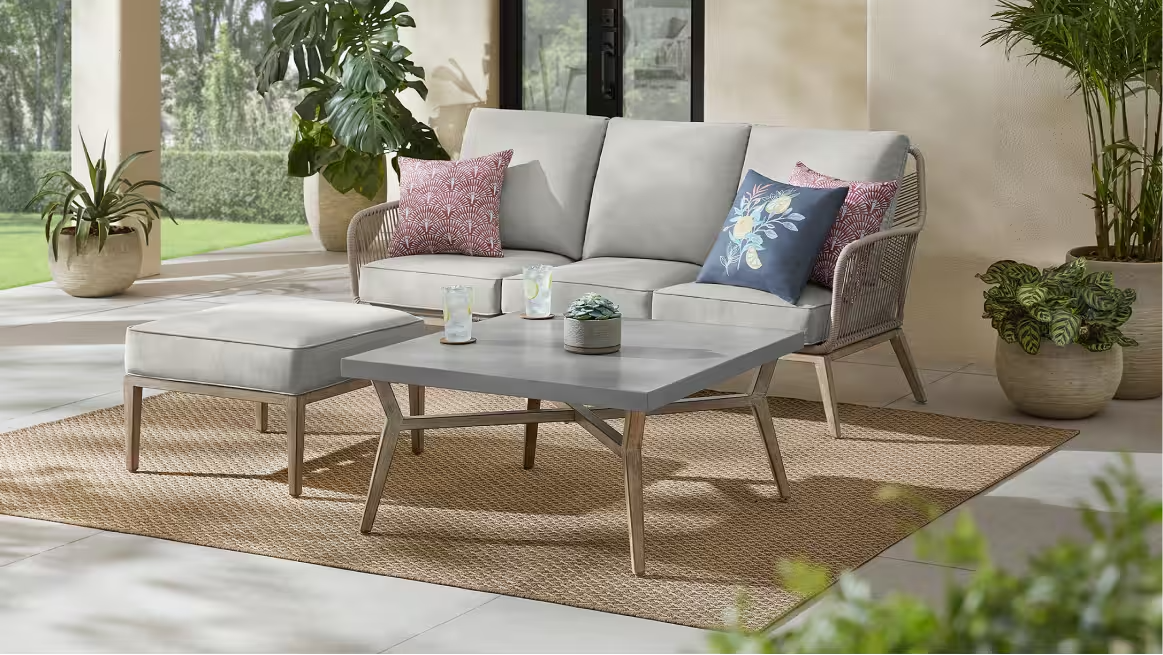It’s no secret that the fashion industry is one with fierce competition. Whether it’s a red carpet, fashion show or just retail releases, attracting people to your brand is vital for running a successful business.
The fashion industry is estimated to be worth over £80 billion by 2027, which creates competition among brands. This can sometimes lead to people doing whatever they can to get ahead of competitors and stealing designs is one of the ways this is done. This can be extremely damaging to your business as it can cause huge setbacks and a loss of customers.
That’s why doing everything you can to protect your fashion designs is paramount. However, if you’re unsure about how this can be done and the legalities surrounding this topic, you may be looking for some assistance. That’s where our guide can help. We’ve compiled a detailed list of everything you need to bear in mind and ways you can protect your designs, so read on to learn more.
How are designs stolen?
Fashion designs can unfortunately be stolen in a bunch of different ways, which is why it can be a challenge. Copyright infringements are rife among fast fashion brands especially and here are some of the ways designs are stolen:
- Leaks by disgruntled employees
- Manufacturers selling designs they’ve been asked to create
- Designs taken straight from the fashion show and rapidly produced before the designer releases it
How can I protect my designs?
So, with plenty of ways designs can get stolen, how can you protect them? Here are several options you have:
- Register a copyright for original prints or non-essential design features
- Get a patent for functional elements like new zip or pocket designs
- Use a trusted manufacturer that won’t leak designs to make your products
- Watermark designs in your online portfolio
If you’re unsure about any of this, consider hiring professionals who can help you with protecting your products.
Is there anything I need to know about protecting my designs?
While many of these protection techniques can help, it’s worth noting that there are some limitations. This includes copyright law in the U.S. being unable to protect your patterns and trademark protections must have obvious customer recognition. For example, obvious features like the red soles of Christian Louboutin shoes.
As you can see, protecting your designs is no small task and usually requires the help of specialists. While this may add extra overheads to your business, it’s well worth the investment as stolen designs could cost you a fortune in replacing or suing the people who copied them. Take action today to keep your designs for you and no one else.





